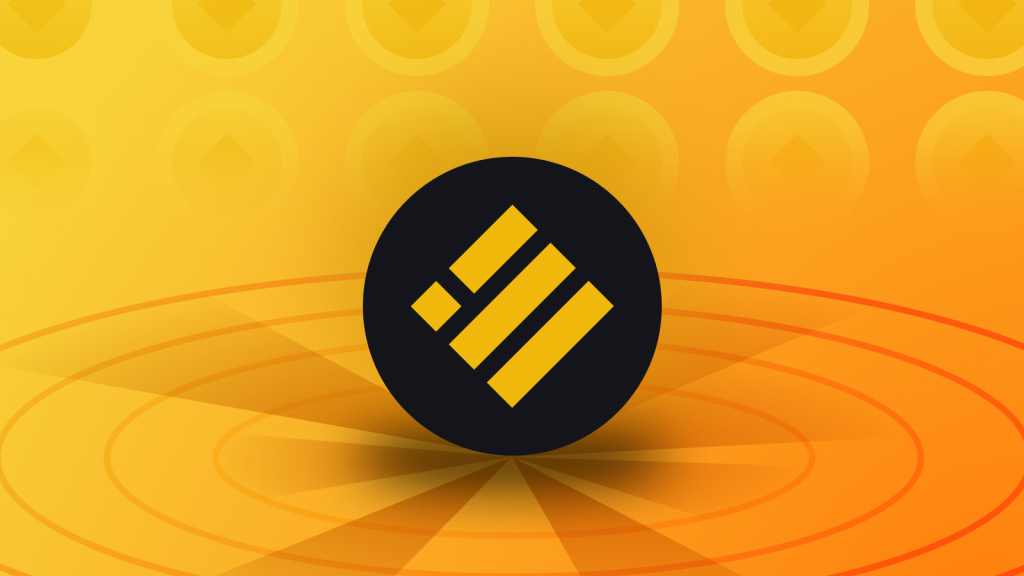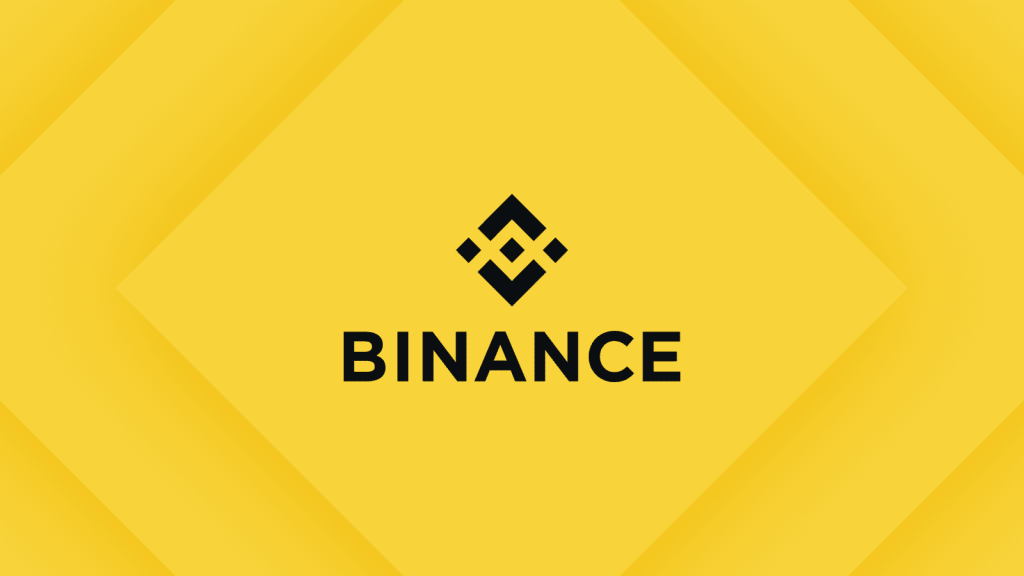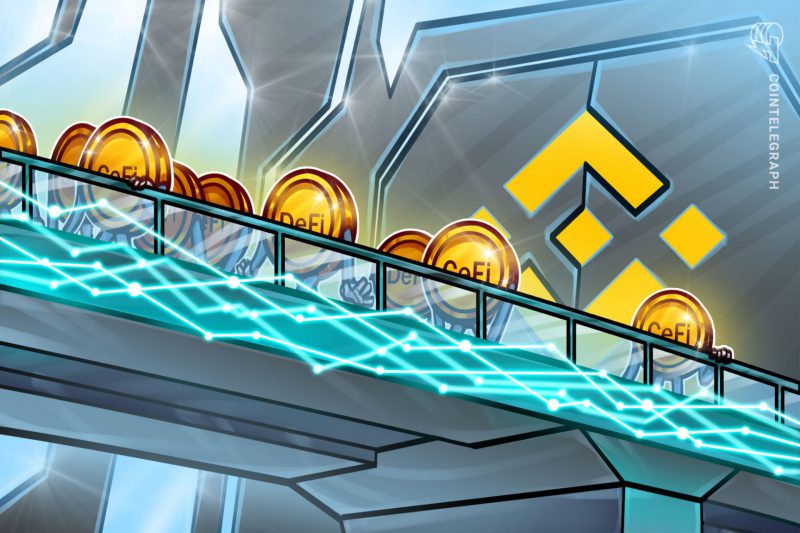Understanding the Binance Bridge
Binance has been making headlines recently with the introduction of the Binance Bridge.
So, what is Binance Bridge? In short, it’s a platform designed to bridge the gap between decentralized finance (DeFi) and centralized finance (CeFi).
But what exactly is the Binance Bridge, and how can it benefit you as a user?
In this comprehensive guide, we’ll explore the features and benefits of the bridge and address concerns that some users may have about its accessibility and legality.


A brief overview of Binance Bridge
Binance has always been at the forefront of innovation, and the Binance Bridge is no exception.
With the growing popularity of DeFi and the increasing number of users interested in exploring the world of decentralized finance, this company recognized the need to create a platform that would bridge the gap between the traditional, centralized world of finance and the new, decentralized digital asset landscape.
The Binance Bridge is the result of their efforts to bring the best of both worlds together, creating a seamless and user-friendly experience for those who want to take full advantage of the benefits DeFi has to offer.
Before diving into the specifics of this topic, let’s first address a common concern that many users have: Can US citizens still use Binance?
The answer to this question is somewhat complex, depending on which version of Binance you are referring to and what services you wish to access.
In the next section, we’ll explore this issue in more detail and clarify the topic.
Can US citizens still use Binance? Addressing concerns
Binance restricted US access in September 2019 due to regulations, leading to Binance US launch.
Binance. US adheres to US regulatory requirements, offering limited services compared to the main platform.
Binance Bridge is currently not available for US users on Binance.US.
US users can access DeFi via DEXs like Uniswap or PancakeSwap.
What is the Binance Bridge?


Now that we’ve addressed the issue of Binance’s availability in the United States, let’s dive into what it is.
Binance Bridge allows easy crypto conversion between this smart chain and other blockchains. It offers DeFi access across different networks while maintaining security and user-friendliness.
One of its primary uses is to facilitate the process of “wrapping” and “unwrapping” digital assets.
What is a wrapped token?
Wrapped tokens are essentially representations of cryptocurrencies on a different blockchain network, allowing them to be used within that network’s ecosystem.
For example, you can use it to convert your Binance Coin (BNB) into Wrapped BNB (WBNB) on the Ethereum network, which enables you to interact with Ethereum-based DeFi platforms using your BNB.
Furthermore, it supports cross-chain liquidity provision, which means that users can provide liquidity to decentralized exchanges (DEXs) and other DeFi platforms across multiple blockchain networks. This opens up a world of opportunities for users, who can now take advantage of the best DeFi services and platforms, regardless of the blockchain network they operate on.
What else does Binance Bridge offer?
Binance Bridge provides more than just cross-chain transfers; it also seamlessly integrates with Binance’s centralized platform for easy fund transfers. It supports numerous digital assets and continuously updates its list, making it an essential tool for DeFi enthusiasts who want to explore decentralized finance to the fullest.
Conclusion: Is Binance Bridge right for you?
Binance Bridge is a powerful platform that connects centralized and decentralized finance for easy access to DeFi. It’s secure and user-friendly but unavailable on Binance.US for US-based users.
However, the DeFi world is constantly evolving, and Binance Bridge may become available to US users in the future.
In the meantime, US users can access DeFi platforms through decentralized exchanges (DEXs).
Be sure to read our post about Binance Bridge 2.0 here.





